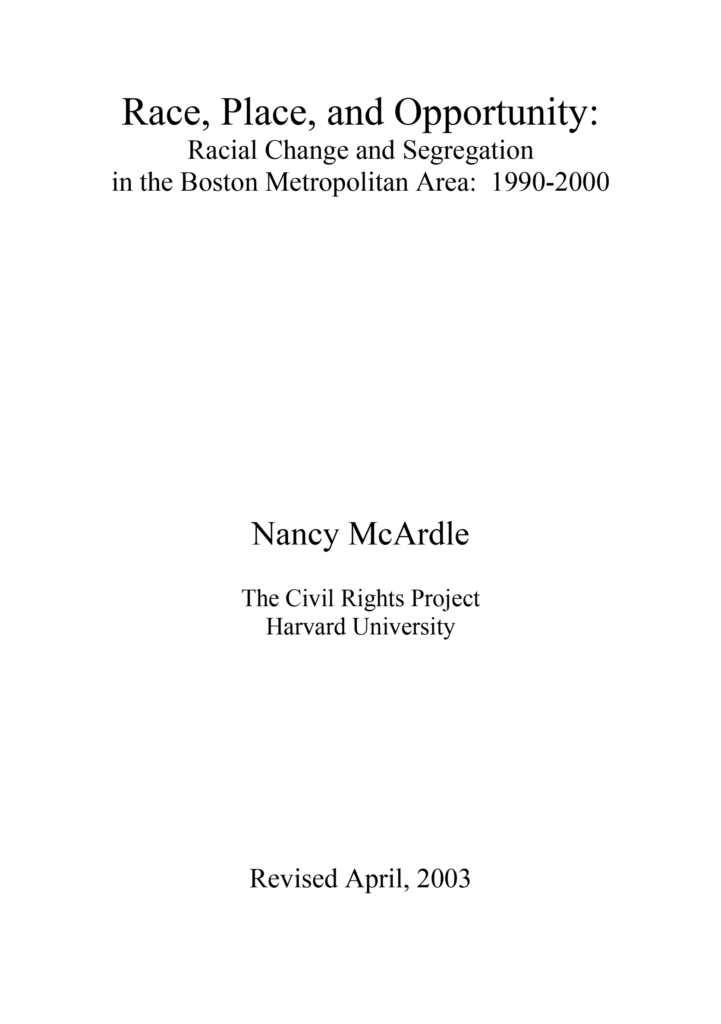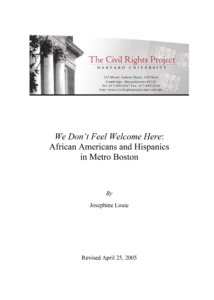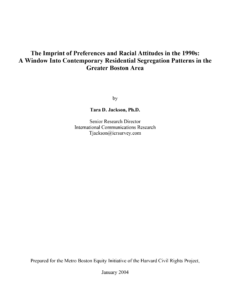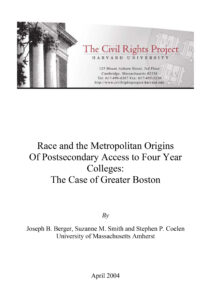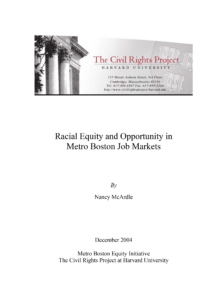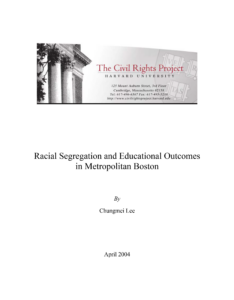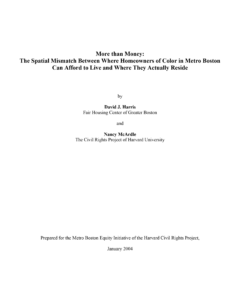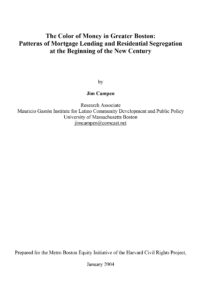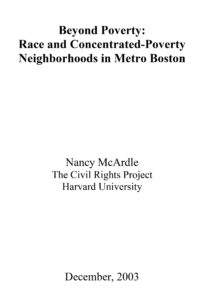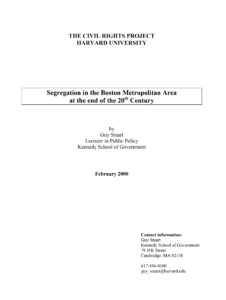Executive Summary
Eighty percent of the metro area’s population growth occurred in the suburbs, and, while most of that growth in numbers was attributable to whites, the suburban minority population also increased substantially. The Asian population doubled, adding almost 56,000 residents. Latino and black suburban growth lagged that of Asians (45 percent and 60 percent growth respectively) but, on a percentage basis, still swamped the 3.3 percent white increase. Even as suburban minority populations swelled, however, segregation rates between these groups and whites increased, especially for Latinos. Thus, while the suburbs were just 2.5 percent Latino in 2000, the average Latino suburbanite lived in a neighborhood that was 9.6 percent Latino, up from 6.8 percent in 1990. As minorities continue to make inroads into the suburbs, Fair Housing and Fair Lending Enforcement are critical to insuring that all groups have access to communities within their economic means.
In contrast to the suburbs, the City of Boston showed notable progress in reducing segregation, though segregation levels are still much higher than in outlying areas. Progress was particularly significant between whites and blacks and between Asians and blacks. While the City’s white share dropped sharply from 59 percent in 1990 to 49.5 percent in 2000, the average black lived in a census tract that fell only slightly from 20.9 percent white in 1990 to 19.8 percent white in 2000. Although blacks in Boston still experience the highest segregation levels by far, there has been improvement. Part of this progress is likely due to the increasing white populations in the South End and on the edges of largely black areas such as Roxbury and Mattapan. White growth in these areas has also led to rapidly rising housing prices; a boon to those homeowners who can take advantage of housing appreciation but a peril to renters who face escalating rents and those owners who cannot afford rising property taxes. It remains to be seen whether increasing white presence is a step along the way to stably integrated communities or a step towards gentrification and displacement of existing minority populations.
The Metro Boston Equity Initiative is devoted to analyzing race relations and racial equity issues not simply in the city of Boston, but across the entire metropolitan region. Although greater Boston still has a large white majority and suburban sectors with very little diversity, immigration of Latinos and Asians is driving the region’s growth, and much of this population increase is taking place well outside of the city limits.
In compliance with the UC Open Access Policy, this report has been made available on eScholarship:
